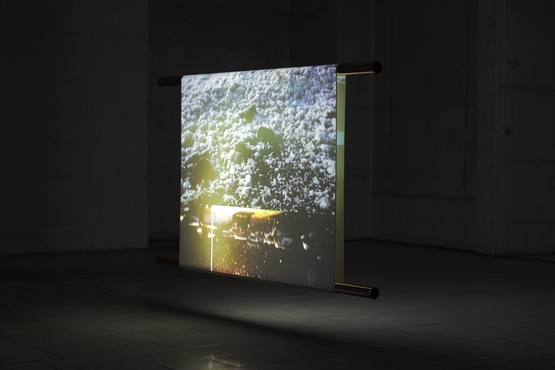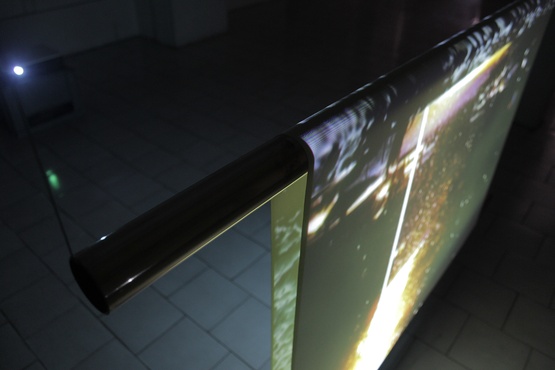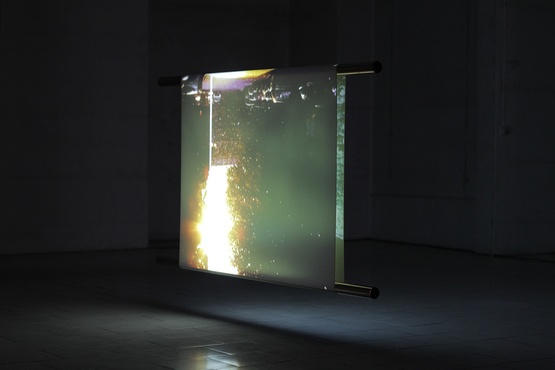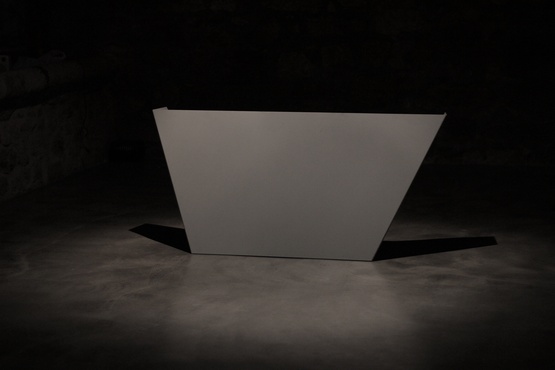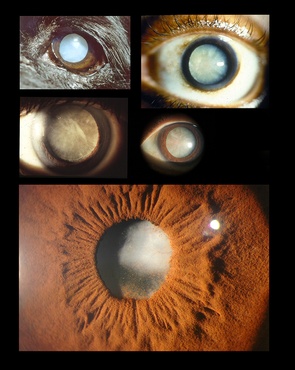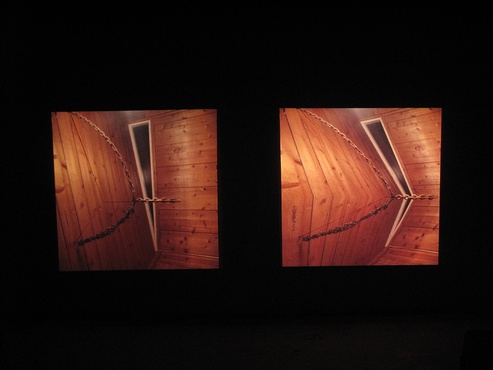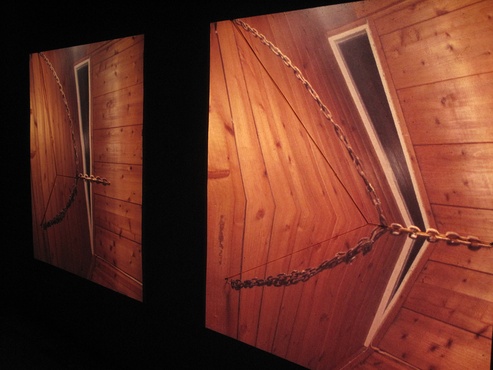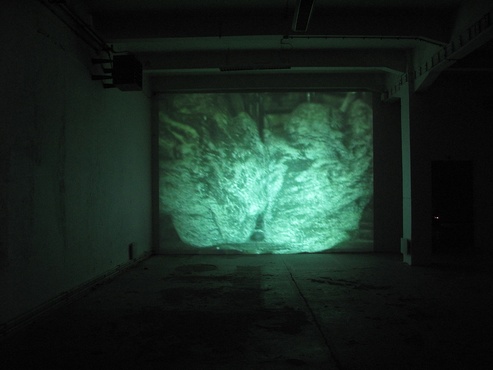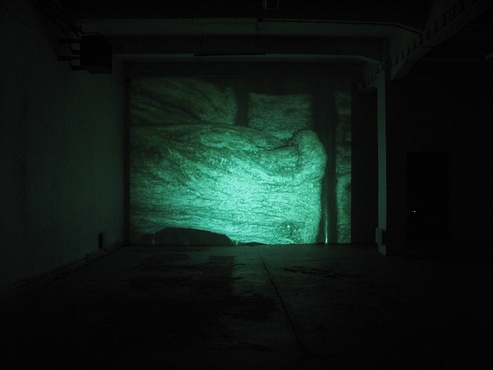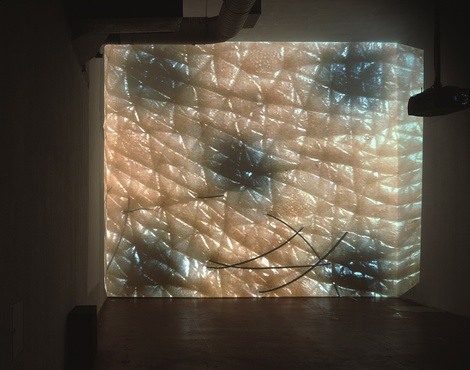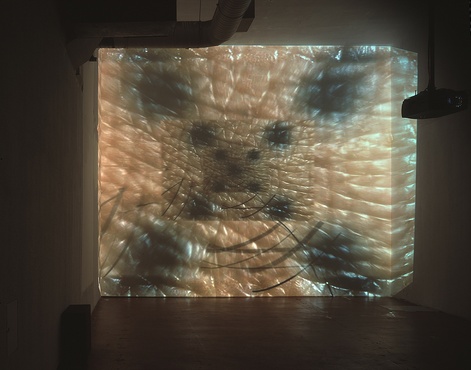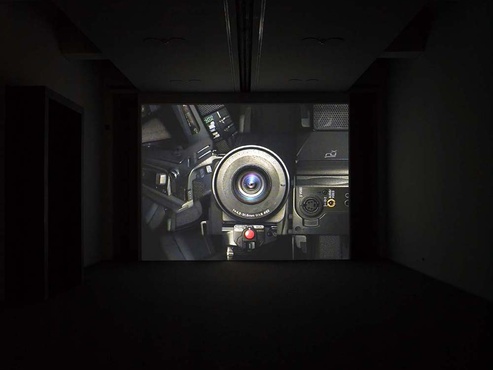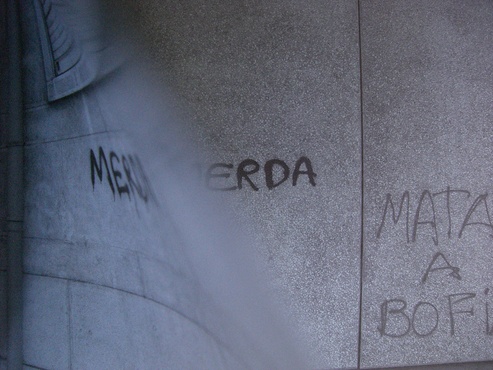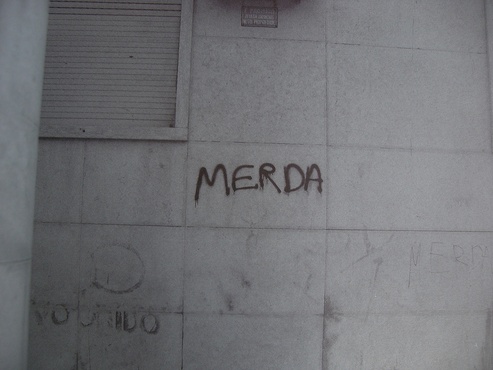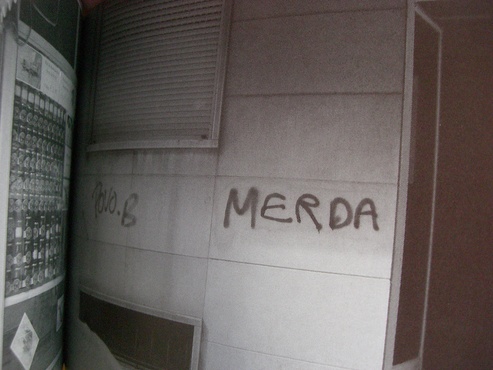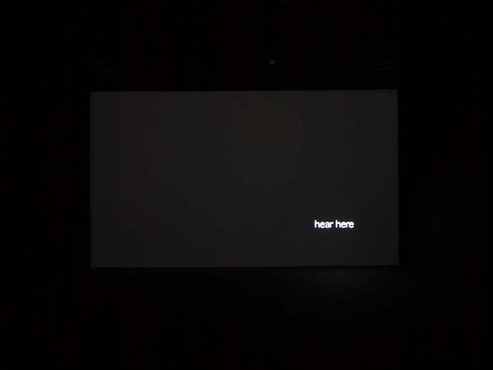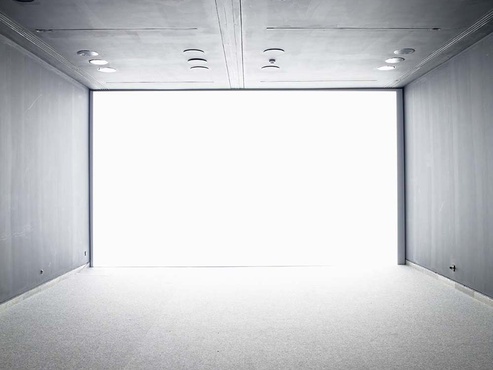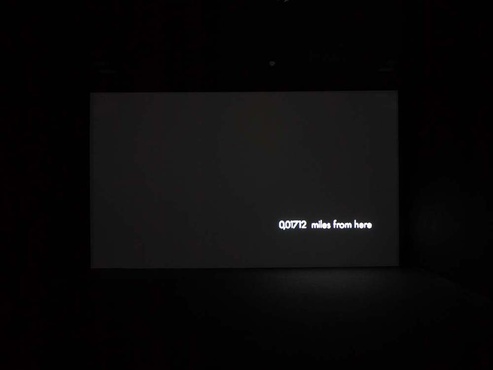Lisbon, Portugal, 1971. Lives and works in Lisbon.
Forthcoming Exhibitions
2013
1/2 Concreto, Museu de Serralves, Porto, Portugal.
Galeria Quadrado Azul, Porto, Portugal.
Solo Exhibitions (selection)
2013
The Sunspot Cycle, Flat Time Home, London, United Kingdom.
2011
A Wall Against the Sea, Galeria Solar, Vila do Conde, Portugal.
Polar Inversion, Rua Madalena Projekt, Lisbon, Portugal.
2010
Alexandre Estrela – Subjective Projections, Bielefelder Kunstverein, Bielefelder, Germany.
Uma ilha no tecto do mundo, MARZ Galeria, Lisbon, Portugal.
Téléthèque, Instituto Franco-Português, Lisbon, Portugal.
Viagem ao meio, Galeria Zé dos Bois, Lisbon, Portugal.
Motion Seekness, Culturgest, Porto, Portugal.
2009
Inércia, Meet Factory, Prague, Czech Republic.
Deserto Acéfalo, In.Transit, Porto, Portugal.
Ar curvo, MARZ Galeria, Lisbon, Portugal.
2008
Putting Fear in its place, Chiado 8 – Arte Contemporânea, Lisbon, Portugal.
2007
Radiação Solar e Forças Cósmicas, Galeria Graça Brandão, Lisbon, Portugal.
2006
Stargate, Museu do Chiado, Lisbon, Portugal.
Merda, Centro Cultural Vila Flor, Guimarães, Portugal.
Group Exhibitions (selection)
2012
2012 Odisseia Kubrick, Centro da Memória, Vila do Conde, Portugal.
shapes and forces, Galeria Quadrado Azul, Porto, Portugal.
Collecting Collections and Concepts, Fábrica ASA, Guimarães, Portugal.
2011
Video Home System, Pogo, Cinema Nimas, Lisbon, Portugal.
Bauhaus, Rendezvous Festival, Setúbal, Portugal.
O Museu em Ruínas, Museu de Arte Contemporânea de Elvas, Elvas, Portugal.
Si loin, si proche - oeuvres de la collection du Frac Bretgane, L’Imagerie, Lannion, France.
Road Festival 01, Bad Driburg, Germany.
2010
Cabinet d’Amateur, Sala do Veado, Museu de História Natural, Lisbon, Portugal.
Da outra margem do Atlântico, Centro de Arte Hélio Oiticica, Rio de Janeiro, Brazil.
A culpa não é minha, Museu Berardo, Lisbon, Portugal.
Personal Freedom, Portugal Arte 10, Pavilhão de Portugal, Lisbon, Portugal.
Impresiones y Comentarios: Fotografia Contemporânea Portuguesa, Fundació Foto Colectania, Barcelona, Spain.
Um percurso, duas direcções, Museu do Chiado, Lisbon, Portugal.
Porto: Museu Serralves, Domaine de Kerguéhennec, Centre d’Art Contemporain, Bignan, France.
2009
Forças, Art Algarve 2009, Museu de Portimão and Galeria do Teatro TEMPO, Portimão, Portugal.
Homenagem e Esquecimento, Fórum Eugénio de Almeida, Évora, Portugal.
The Ornamental Body, Witte Zaal, Ghent, Belgium.
Bright morning star, Galeria ZDB, Lisbon, Portugal.
Strip/Stripe, Emily Harvey Foundation, New York, USA.
Psychometry (II), Arratia, Beer, Berlin, Germany.
Psychometry, Exile, Forum Expanded, Berlinale, Berlin, Germany.
2008
The Call, Avenida Liberdade 211, Lisbon, Portugal.
Turn Me On, Pavilhão 28, Centro Hospitalar Psiquiátrico de Lisboa, Lisbon, Portugal.
Disarming Matter, Dunkers kulturhus, Helsinborg, Sweden.
Parangolé: Fragmentos desde los 90 en Brasil, Portugal y España, Museu Patio Herreriano, Valladolid, Spain.
Múltiplas Direcções, Museu do Chiado, Lisbon, Portugal.
2007
Fiction Vs. Reality, Fundação Calouste Gulbenkian, Lisbon, Portugal.
Portugal Agora – À propos des lieux d'origine, MUDAM, Luxembourg.
Stream, White Box, New York, USA.
50 Anos de Arte Portuguesa, Fundação Calouste Gulbenkian, Lisbon, Portugal.
Sobreposições, Museu do Chiado, Lisbon, Portugal.
Clearly Invisible, Centro d’Arte Santa Mónica, Barcelona, Spain.
Prémio União Latina, Culturgest, Lisbon, Portugal.
2006
Constelações Afectivas II, Galeria Graça Brandão, Lisbon, Portugal.
Constelações Afectivas I, Galeria Graça Brandão, Lisbon, Portugal.
Densidade Relativa, Centro de Artes, Sines / CAMJAP, Fundação Calouste Gulbenkian, Lisbon, Portugal.
Não chores mais, Plataforma Revólver, Lisbon, Portugal.
Collections
Museu do Chiado, Portugal.
Centro de Arte Moderna José de Azeredo Perdigão, Fundação Calouste Gulbenkian, Portugal.
Portugal Telecom, Portugal.
Fundação PLMJ, Portugal.
BESart collection, Portugal.
Museu de Arte Contemporânea de Elvas/ António Cachola collection, Portugal.
Fonds Régional d’Art Contemporain Bretagne, France.



